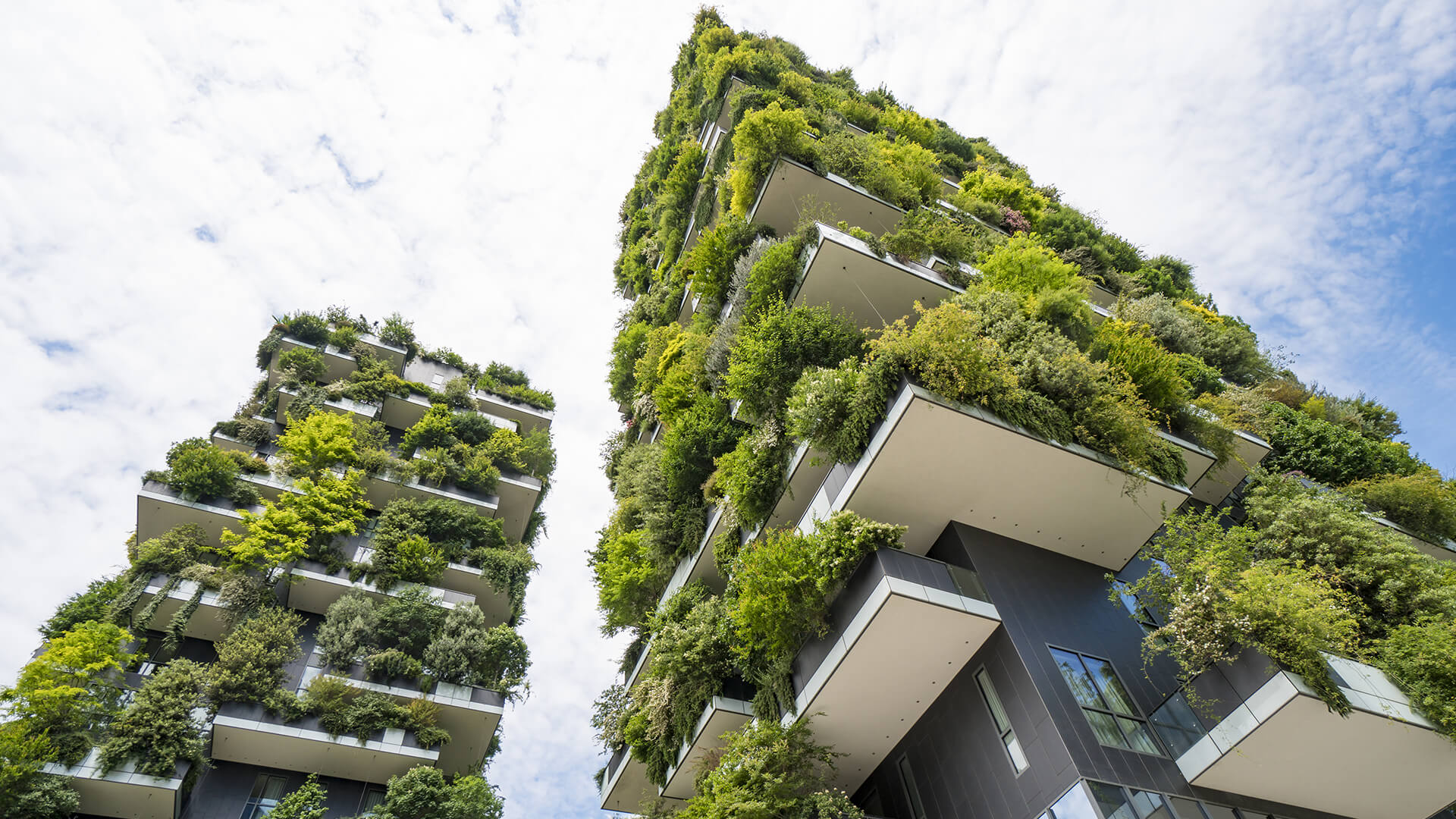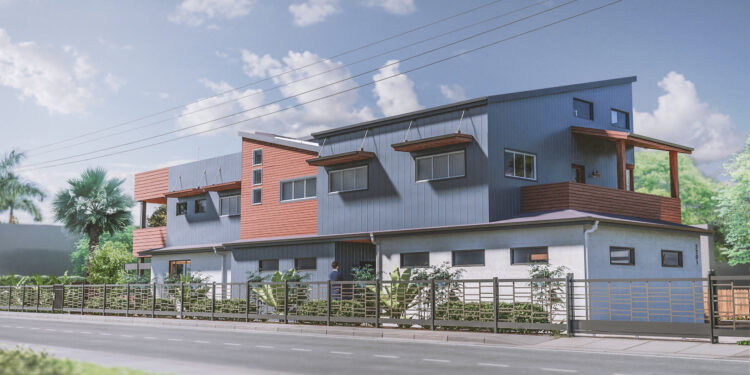Green buildings are an integrated approach to designing and constructing healthy, comfortable, cost-effective, and environmentally friendly living and working environments, it’s often the top choice of drafting designers. Green building methods are primarily concerned with establishing sustainable sites, boosting water and energy efficiency, minimizing waste and emissions, employing environmentally friendly building materials, and improving indoor environmental quality more effectively than traditional designs. Commercial and residential structures that are inefficient in terms of energy have increased environmental issues, which have a detrimental influence on community sustainability.
Local governments can use an integrated strategy to transform the way buildings work while also stimulating economic development, conserving the environment, and laying the groundwork for a long-term community.
As development picks up, the question remains whether we will construct better, the same, or worse than before. Building better sites, working with the landscape rather than against it, and working with the environmental assets on a property is actually not as tough as one might imagine. In any sort of development, sustainable site planning and design can help reconnect people with the environment by combining the science of ecology with the art of design. This can be accomplished by using them in landscape design. Today’s article will tell you about the 5 green building strategies of design that professionals can use to construct a green building. So, let’s start.
Know what you have got
To develop a sensitive building strategy, you must first understand what is on it, for example, water, plants, habitat, etc. It will help you in developing a strategy based on the elements that benefit the environment.
Decide on suitable building architecture
Look for a building site that can help you with your building program. Don’t put a building design and scale onto a location that can’t support it. This will help mitigate the effects of grading and erosion difficulties and enable better maintenance of the site’s natural resources. For more information in this regard, connect with a specialist here.

Take care of the water
Water challenges such as shortage, water quality, and correct drainage can be addressed by designing systems to treat rainwater and catch and store it for reuse. It is essential that your green building must have a 24 hours water access.
Make use of the landscape to aid in energy conservation.
Proper placement of plants around a building or home can be used to lower energy usage for both heating and cooling.
Choose the Right Plants
Consider native plants and edible plants, and even better, edible native plants. Plant species that are diminishing in the natural environment owing to habitat loss can also be planted in new places. You can choose plants that grow in a fast time period and don’t dry soon.
Conclusion
It is essential to balance the social, environmental, and economic needs of the developer, the community, and the individual through sustainable site planning and design. By designing green buildings, you will save the environment from toxic elements used in constructing a traditional building and will benefit nature in the long term.






